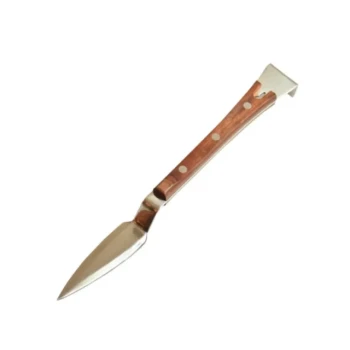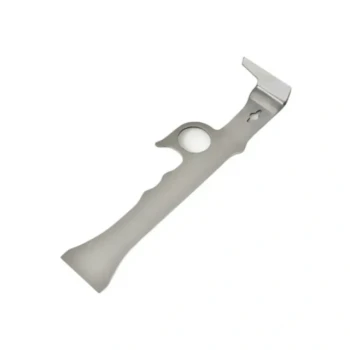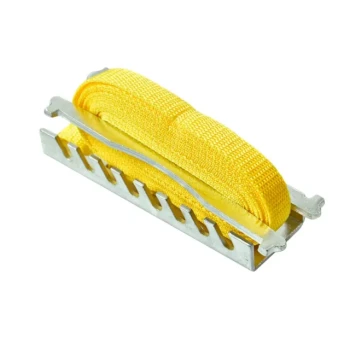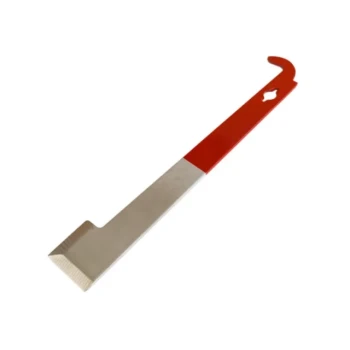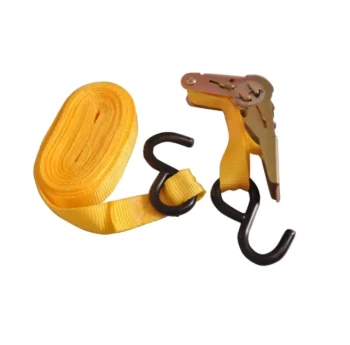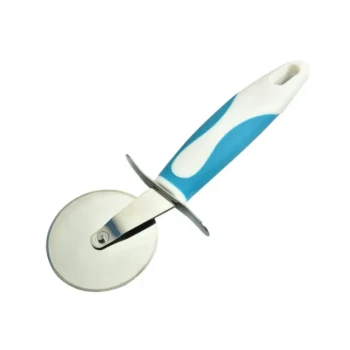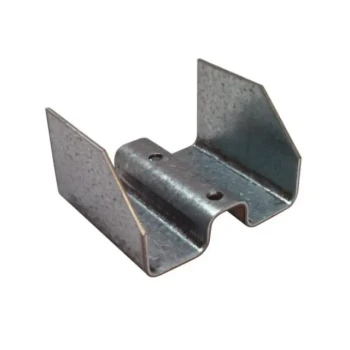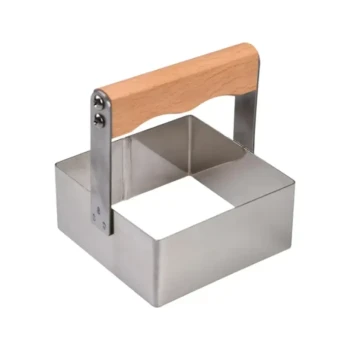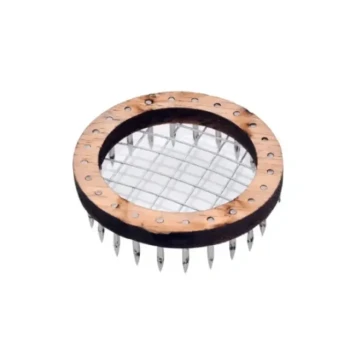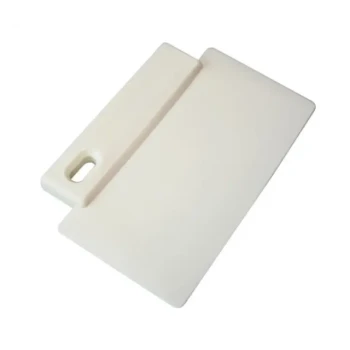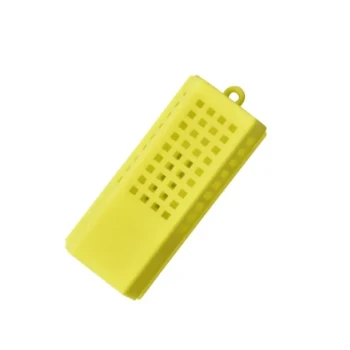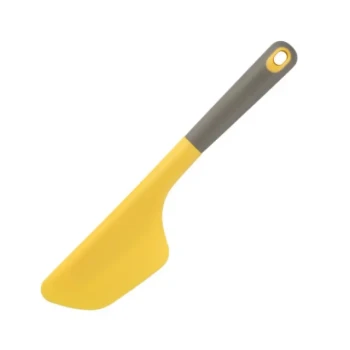To start keeping bees, you begin by preparing a suitable location, acquiring essential equipment like a hive and a smoker, and then obtaining your first bees, either as a pre-packaged colony, an established hive, or by capturing a wild swarm. The key is to have the home and tools ready before your bees arrive.
The journey into beekeeping is less about simply buying bees and more about thoughtfully preparing the right environment. Your success hinges on understanding the core equipment and choosing the right method for acquiring your first colony based on your goals.
Foundational Steps: Preparing for Your Bees' Arrival
Before you even think about the bees themselves, you must set the stage. A proper setup is the most critical factor for a healthy and productive first year.
Selecting the Right Location
Choosing the right site for your hive is paramount. It needs to be a place where the bees can thrive with minimal disturbance to you or your neighbors.
Consider factors like sunlight (morning sun is ideal), wind protection, and access to a nearby water source. Ensure the location is level and easily accessible for you to work the hive.
Assembling Your Essential Toolkit
While there are many gadgets in beekeeping, only a few items are truly essential for your first day. Over-investing in gear is a common beginner mistake.
The two absolute must-haves are a smoker to calm the bees and a hive tool for prying apart frames and boxes.
Acquiring Your Core Gear
Beyond the two essentials, you will need protective clothing and a home for your bees.
A bee suit or jacket with a veil is highly recommended for safety and confidence. You will also need a complete beehive, which typically consists of boxes, frames, and a foundation for the bees to build their comb on. A bee brush is also useful for gently moving bees off frames during inspections.
Acquiring Your First Colony
With your site and equipment ready, it's time to get your bees. There are three common methods, each with distinct advantages.
Purchasing Packaged Bees
This is a very common method for beginners. You purchase a box containing a few pounds of bees and a separate, caged queen.
You install this package into your prepared hive, release the queen after a few days, and the bees will begin building their new colony from scratch.
Buying an Established Colony
You can also purchase a small, established colony, often called a nucleus hive or "nuc."
A nuc comes with a queen, worker bees, and several frames of honeycomb already containing brood (baby bees), pollen, and honey. It gives your hive a significant head start.
Catching a Swarm
This is the most opportunistic and low-cost method. A swarm is a large group of bees that has left its original hive to find a new home.
Experienced beekeepers can capture these swarms and house them in their own equipment. While rewarding, this method is less predictable for a beginner.
Understanding the Trade-offs
Each method for acquiring bees comes with its own set of pros and cons. Choosing the right one depends on your budget, timeline, and comfort level.
Package Bees vs. Established Colonies
Packaged bees are generally less expensive but require more time and feeding to build up into a strong colony.
Established colonies (nucs) are more expensive but are already functioning hives. They have a much higher success rate for beginners as they are further along in their development.
The Swarm Variable
Catching a swarm is often free, but it's unpredictable. You cannot plan your season around it, and the genetic makeup and temperament of the bees are unknown. This is generally better suited for beekeepers with some experience.
Making the Right Choice for Your Goal
Your initial approach should align with your primary objective for starting this journey.
- If your primary focus is the highest chance of success: Start with an established nucleus colony (nuc) to give yourself a strong foundation.
- If your primary focus is starting on a tighter budget: Purchasing packaged bees is a cost-effective and common way to begin.
- If your primary focus is a low-cost and adventurous path: Learning to capture local swarms is a sustainable, but less predictable, option.
Ultimately, a successful start in beekeeping is a direct result of thoughtful preparation.
Summary Table:
| Step | Key Action | Essential Items |
|---|---|---|
| 1. Prepare Location | Choose a sunny, sheltered, and accessible site. | Level ground, water source nearby |
| 2. Gather Equipment | Acquire hive, smoker, hive tool, and protective gear. | Beehive, smoker, bee suit, hive tool |
| 3. Acquire Bees | Select from packaged bees, a nucleus colony, or swarm capture. | Packaged bees, nuc, or swarm box |
Ready to start your beekeeping journey with confidence? HONESTBEE supplies commercial apiaries and beekeeping equipment distributors with high-quality, durable beekeeping supplies and equipment through our wholesale-focused operations. Whether you're setting up your first hive or scaling your operation, we provide the reliable gear you need for success. Contact us today to discuss your needs and explore our product catalog!
Visual Guide
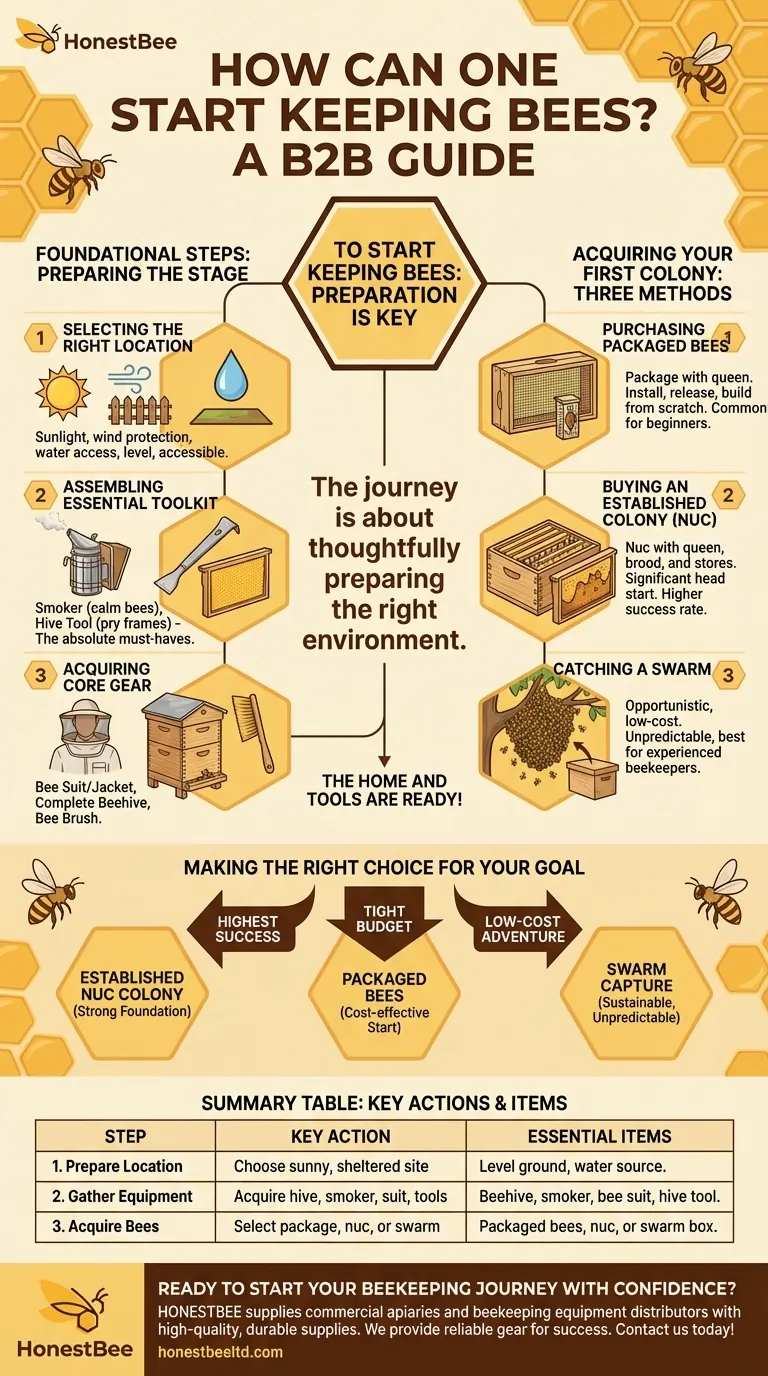
Related Products
- HONESTBEE Premium Italian Style Hive Tool with Hardwood Handle
- Wholesales Dadant Size Wooden Bee Hives for Beekeeping
- HONESTBEE Advanced Ergonomic Stainless Steel Hive Tool for Beekeeping
- Professional Galvanized Hive Strap with Secure Locking Buckle for Beekeeping
- Heavy Duty Cowboy Beekeeper Hat with Visibility Veil Outdoor Professional Beekeeping Protective Gear
People Also Ask
- What are the basic tools for beekeeping? Essential Starter Kit for Safe & Successful Hive Management
- How is a hive tool used for scraping and cleaning? Master Hive Maintenance for a Healthy Colony
- What are the benefits of a multi-functional hive tool? Streamline Your Apiary Workflow with One Tool
- What is required for regular inspections in both Flow Hives and Langstroth hives? Essential Beekeeping Tasks Explained
- What is the hive tool used for? The Essential Multi-Tool for Every Beekeeper
